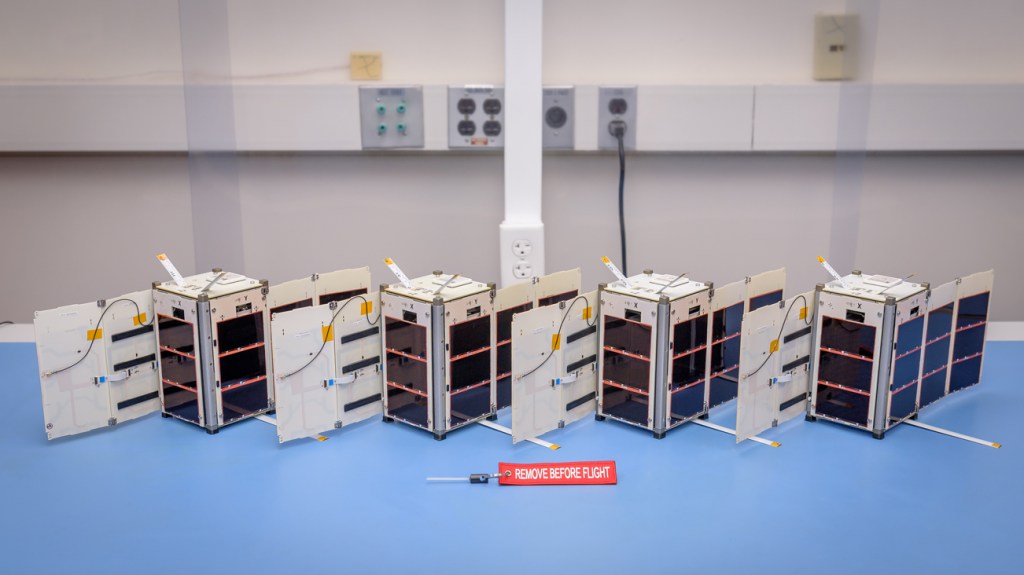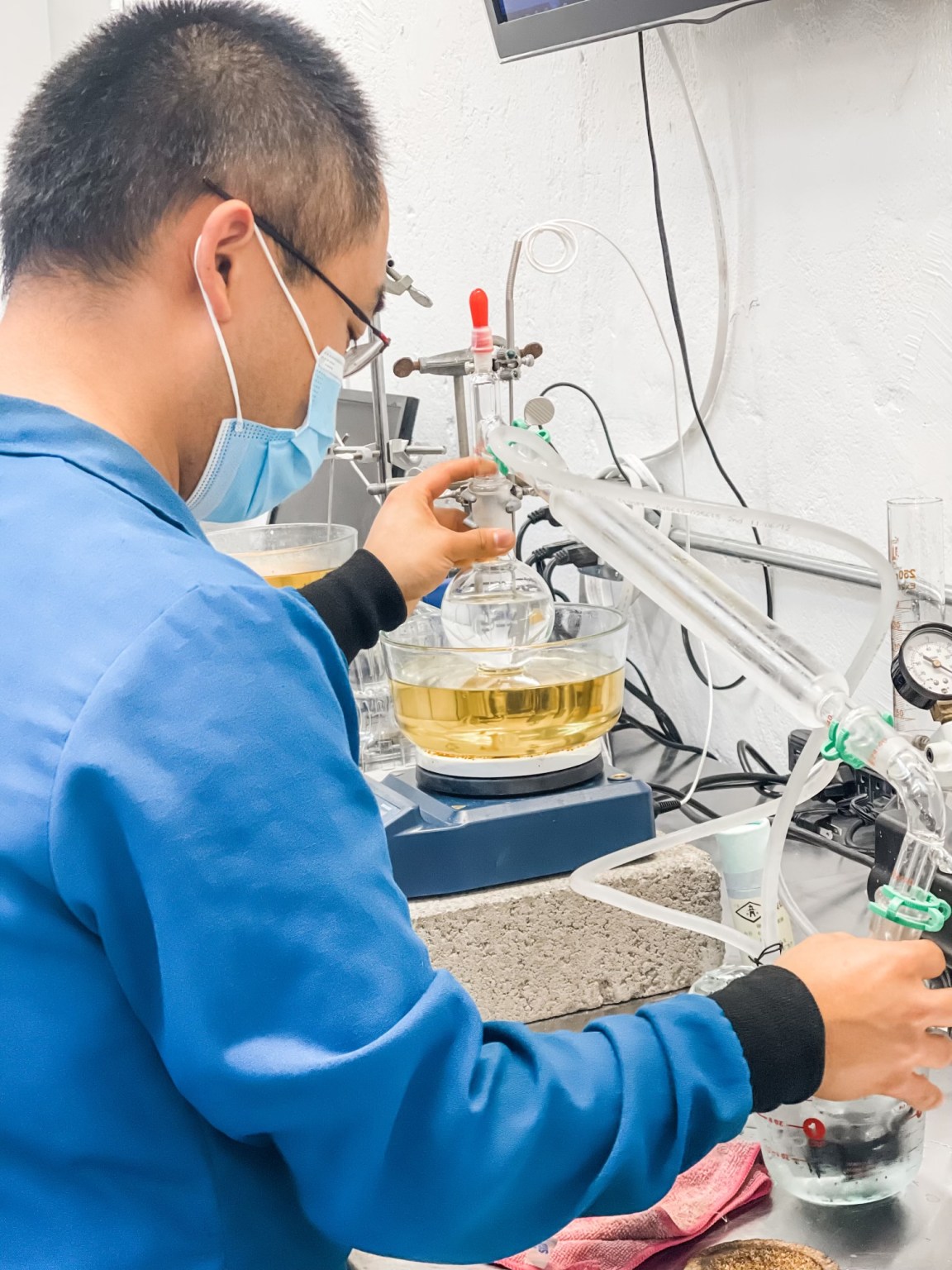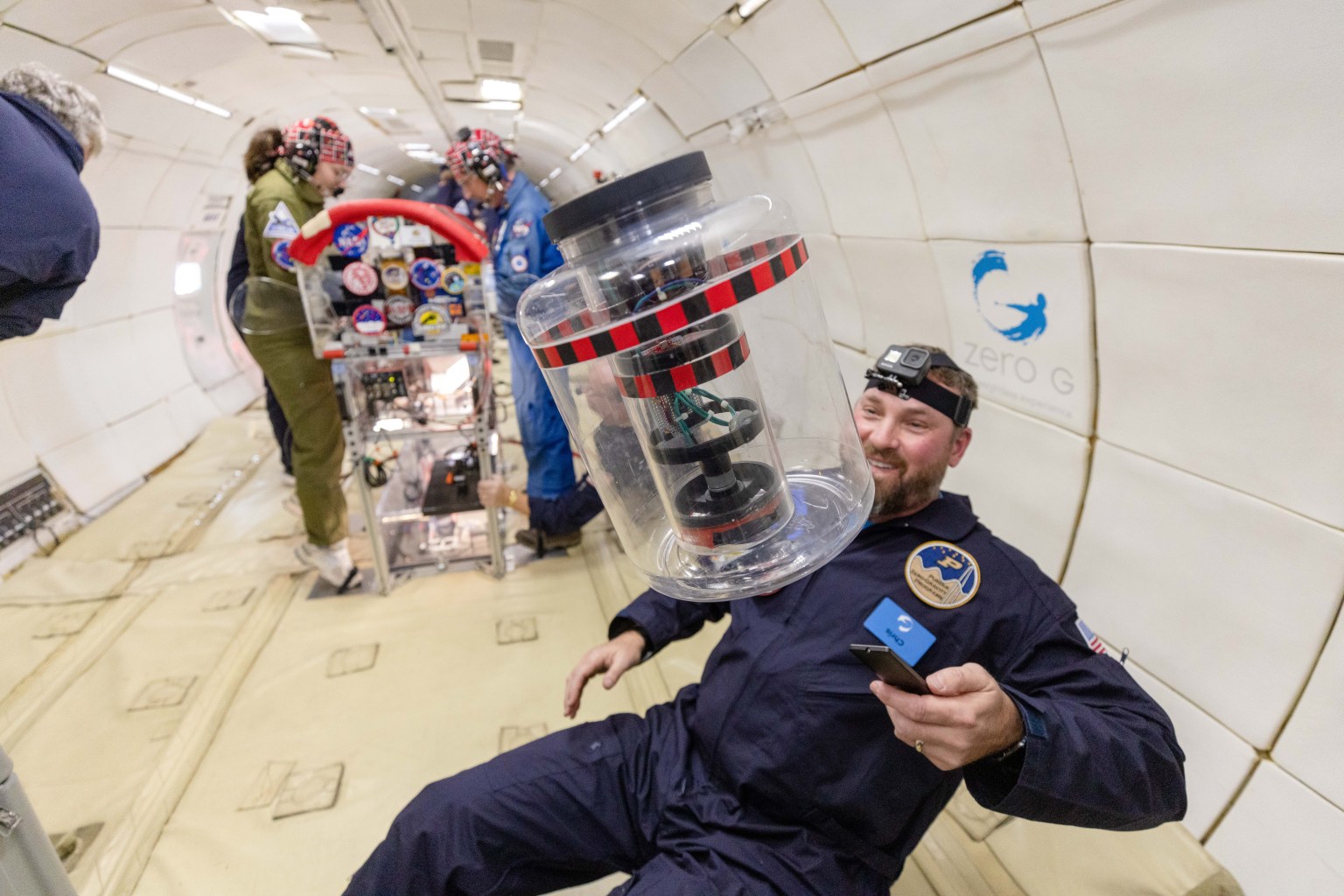
Get Involved with NASA
Join us!
We invite members of the public to contribute their time and expertise to advancing research, solving problems, and potentially winning prizes as a result of their work. We also invite you to find out all of the ways you can bring NASA into your life through participating in experiences, learning engagements, and activities that you can do on your own.
Help NASA Solve Challenges
NASA invites the public to develop solutions in support of the agency's missions. Below are current opportunities, including prize competitions, challenges, crowdsourcing, and solicitations that address the agency's needs.

The NASA Earth Science Technology Office (ESTO) seeks solutions to complex Earth Science problems using transformative or unconventional computing technologies…
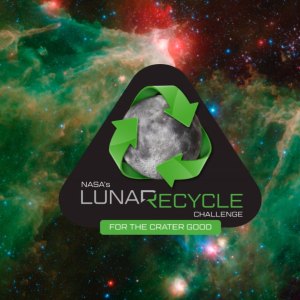
The LunaRecycle Challenge is a $3 million, two track, two-phase competition focused on the design and development of recycling solutions…
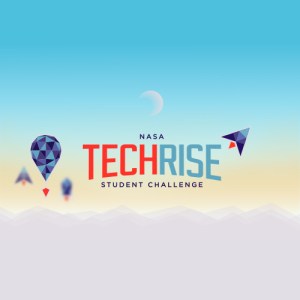
Middle/high school student teams are invited to submit science and technology experiment ideas to fly on a suborbital flight platform.
Participate in NASA Research
Citizen Science
NASA citizen science projects are open to everyone around the world, not limited to U.S. citizens or residents.
NASA’s citizen science projects are collaborations between scientists and interested members of the public. Through these collaborations, volunteers (known as citizen scientists) have helped make thousands of important scientific discoveries. More than 450 NASA citizen scientists have been named as co-authors on refereed scientific publications. Want to work on some real NASA science? Be a Citizen Scientist!
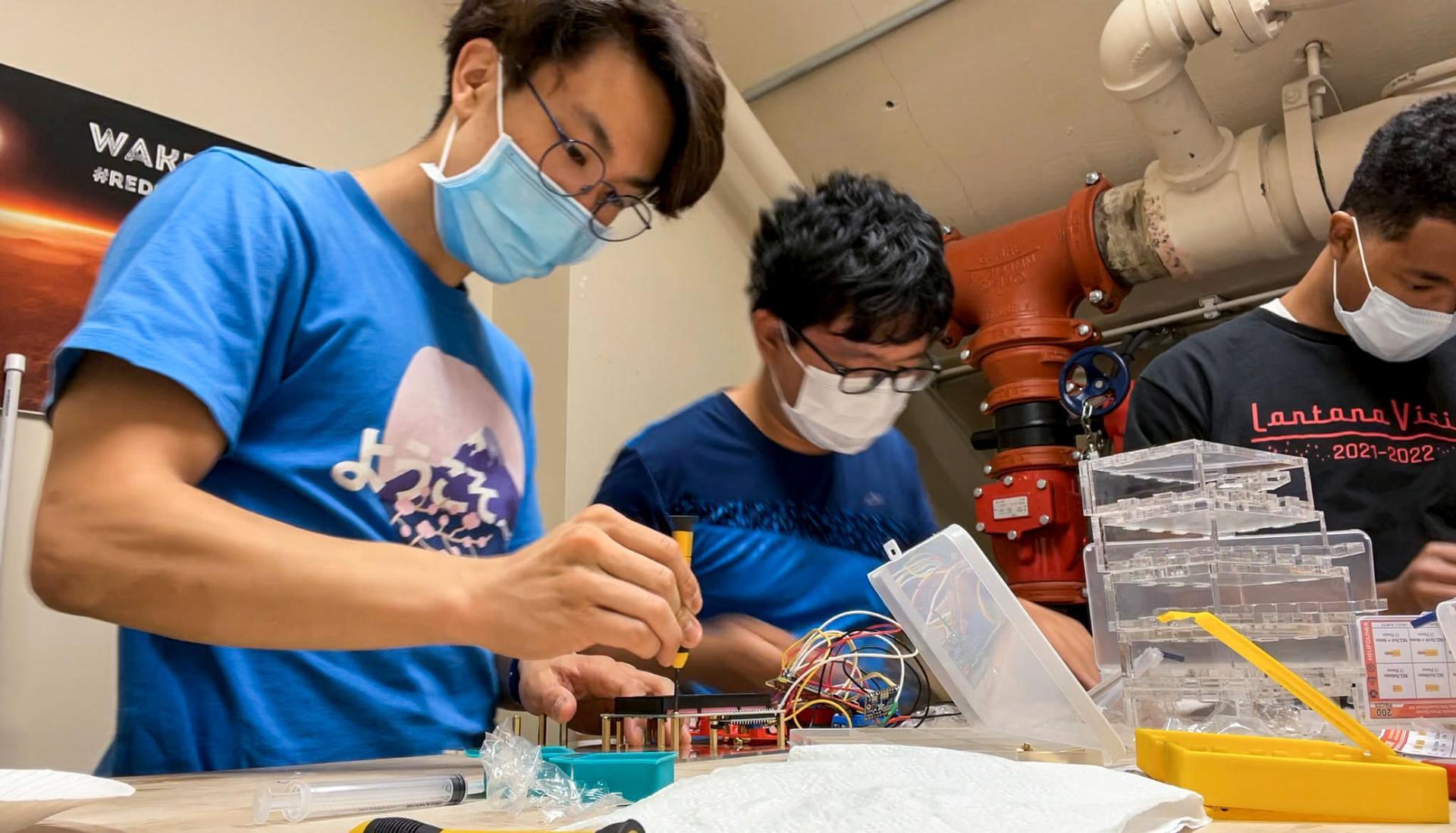
Volunteer for a NASA Study
Many people write to NASA regarding opportunities available for citizens to participate in a NASA study, such as the Bed Rest Study. To find information on how to volunteer with NASA, please visit the Analog Studies page.
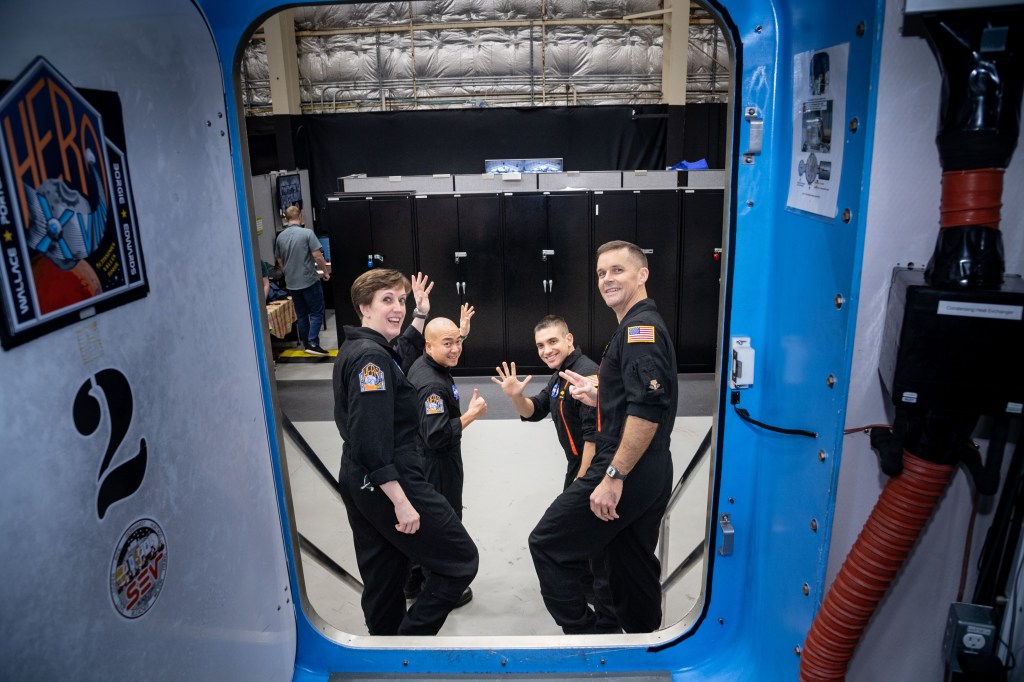
Open Science Curriculum
NASA is making a long-term commitment to building an inclusive open science community over the next decade.
NASA’s Transform to Open Science (TOPS) initiative is designed to transform agencies, organizations, and communities to an inclusive culture of open science. The open science curriculum will introduce those beginning their open science journey to important definitions, tools, and resources; and provide participants at all levels recommendations on best practices.
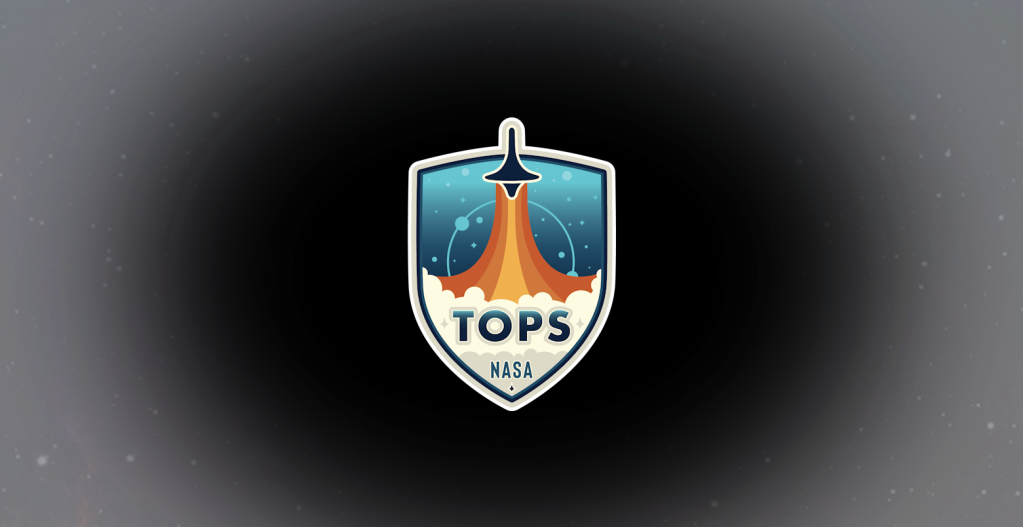
Get Your Research On The Station
Reference information and resources to provide insight into sending your science experiment or technology demonstration to the space station.
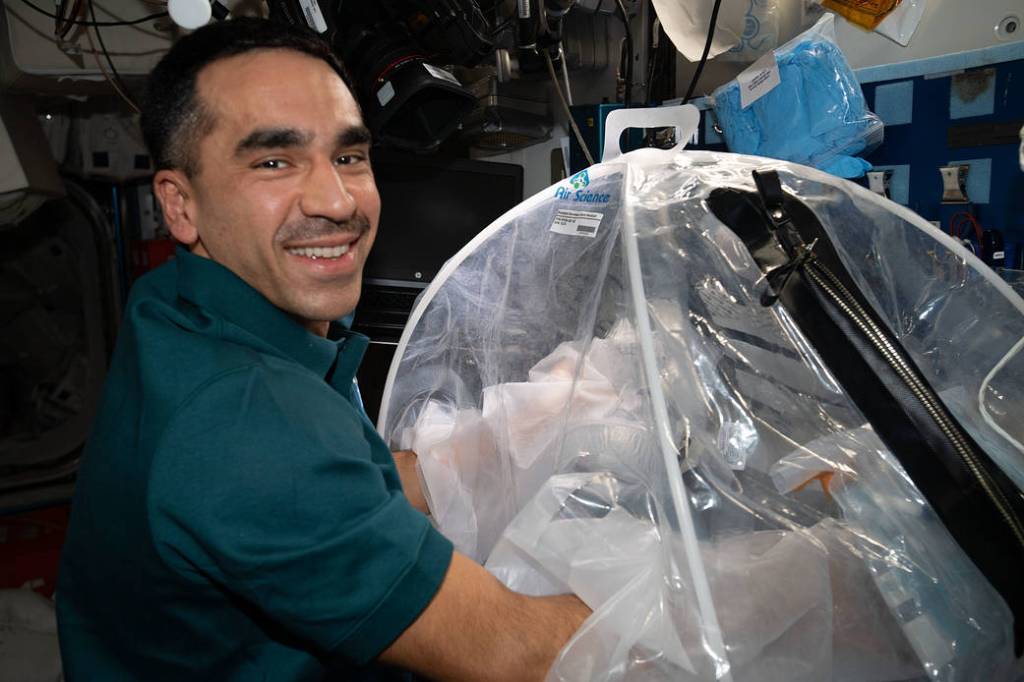
Research Opportunities in Space and Earth Science
NASA leads the nation on a great journey of discovery, seeking new knowledge and understanding of our planet Earth, our Sun and solar system, and the universe out to its farthest reaches and back to its earliest moments of existence. Find research opportunities and resources related to NASA science.
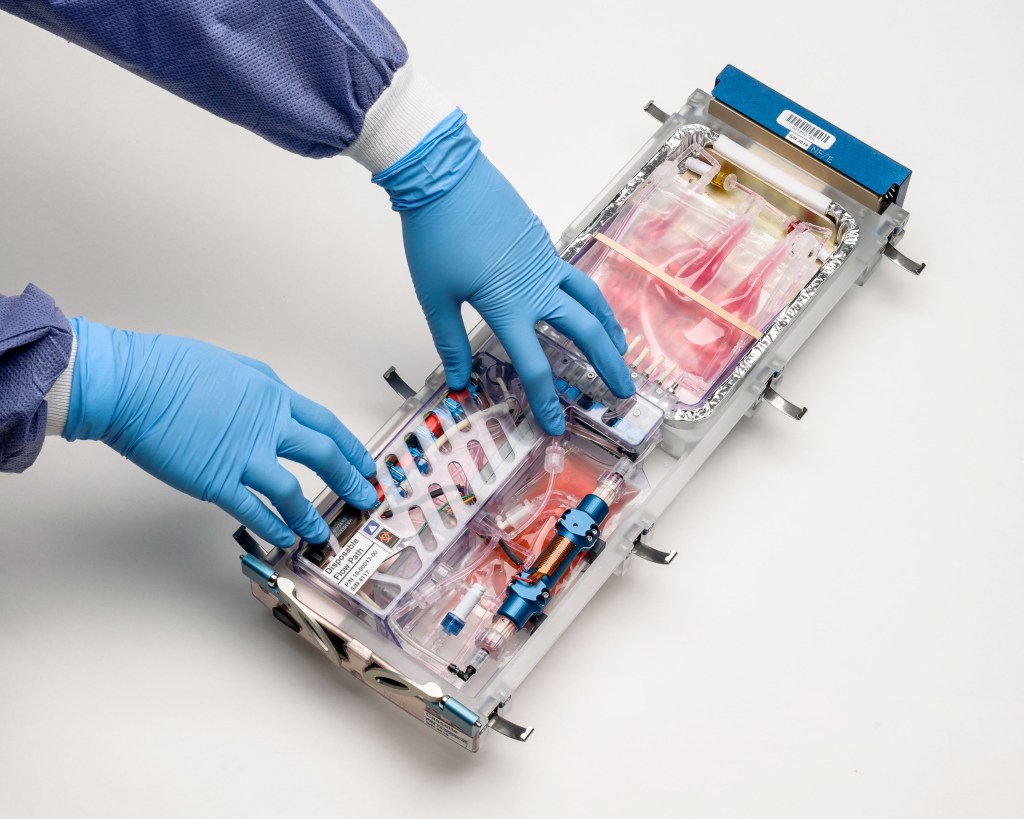
Space Technology Opportunities
Technology drives exploration and the space economy. Learn about NASA’s space technology opportunities developing, demonstrating, and transferring new space technologies that benefit NASA, commercial, and other government missions.
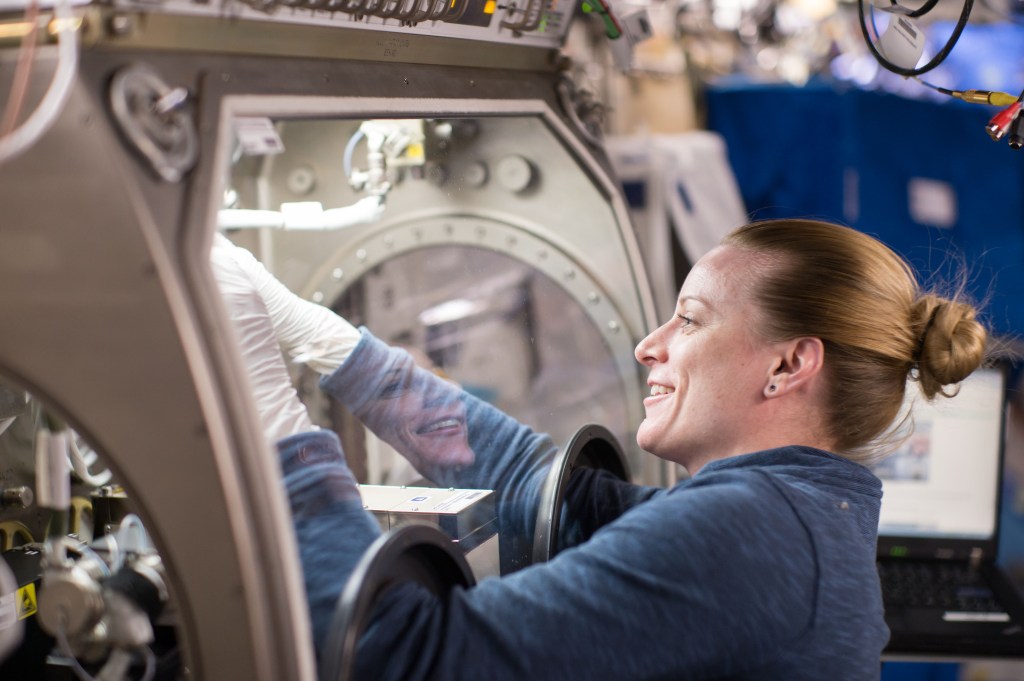
Aeronautics Research
Find opportunities to collaborate with NASA’s aeronautical innovators and/or contribute to their research to enable new and improved air transportation systems.
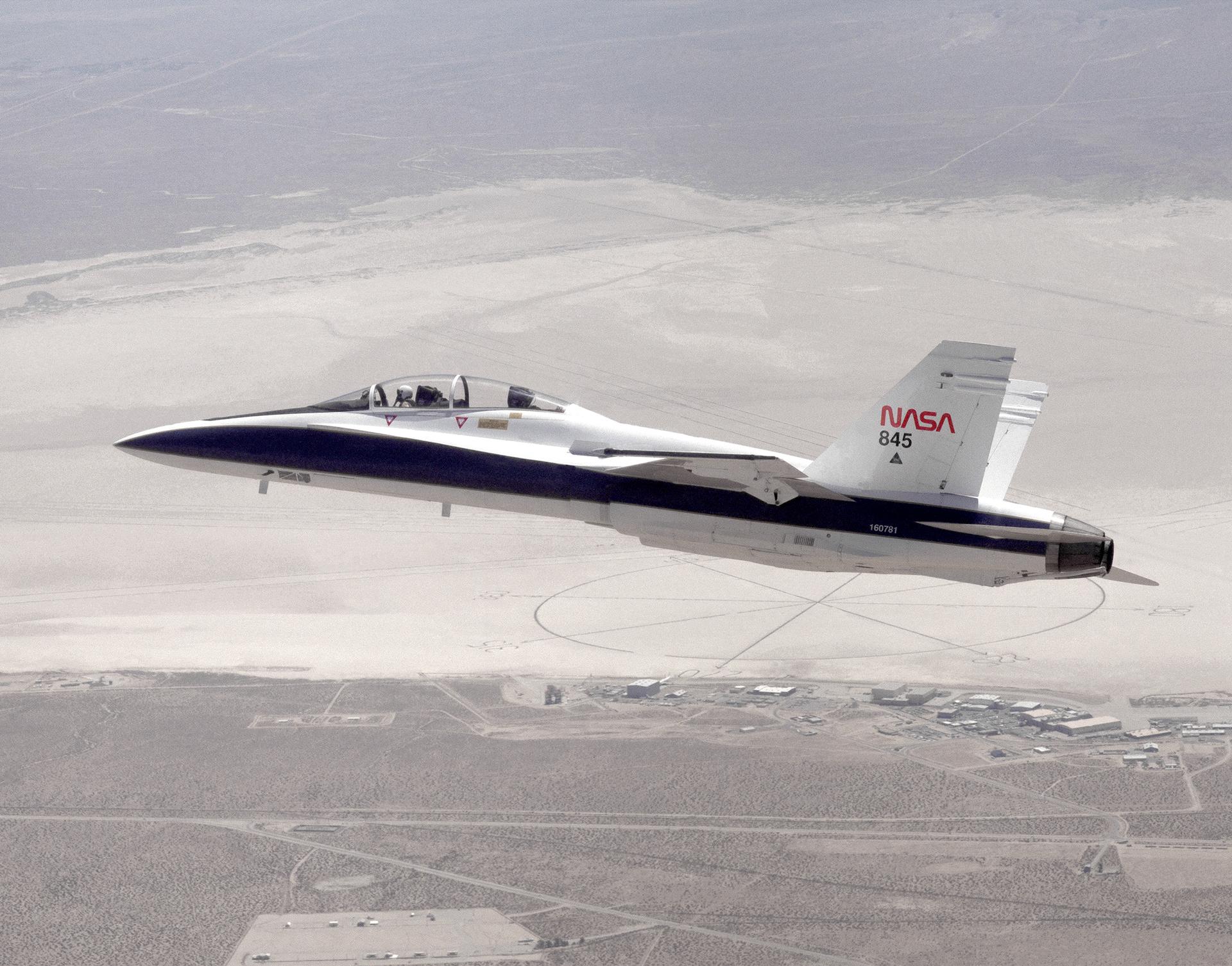
Bring NASA into Your Space
Enhance student STEM engagement by providing hands-on activities and real-world problem-solving tasks that foster critical thinking and collaboration. Access interactive tools like simulations, data sets, and game platforms, to help students build confidence and curiosity in STEM subjects. Make a connection to skilled technical careers, to inspire students to see the practical applications and possibilities of their learning.
Explore Resources about Bring NASA into Your Space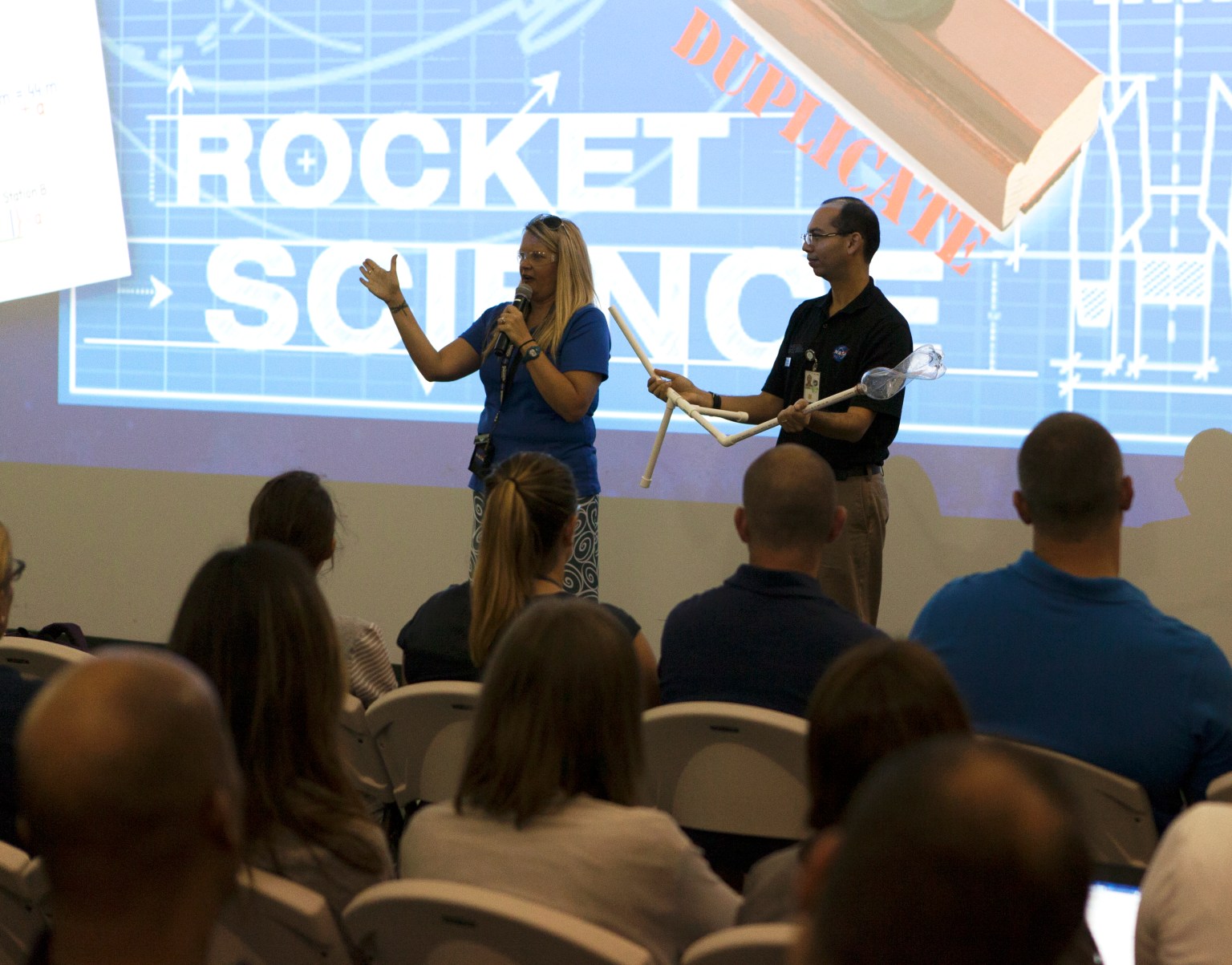
Explore Student Opportunities
Multiple challenges and opportunities reaching a broad audience of middle and high schools, colleges, and universities across the nation.
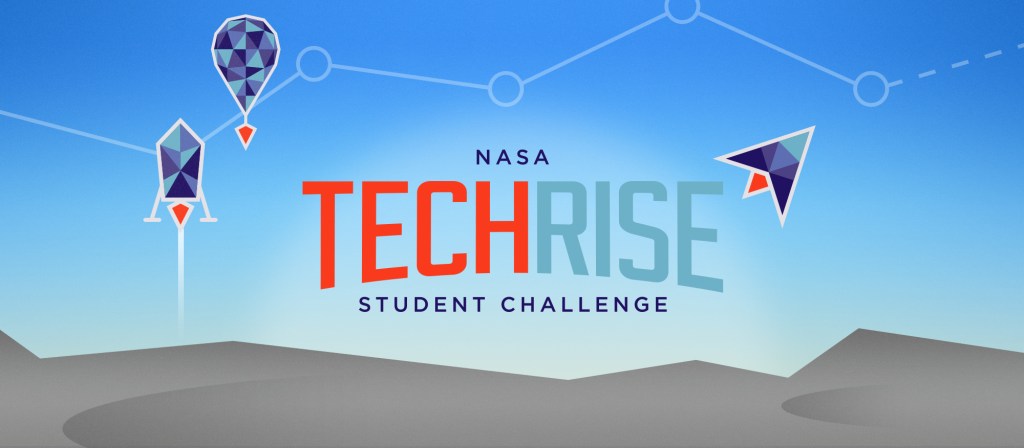
NASA TechRise Student Challenge
Middle/high school student teams are invited to submit science and technology experiment ideas to fly on a suborbital flight platform.
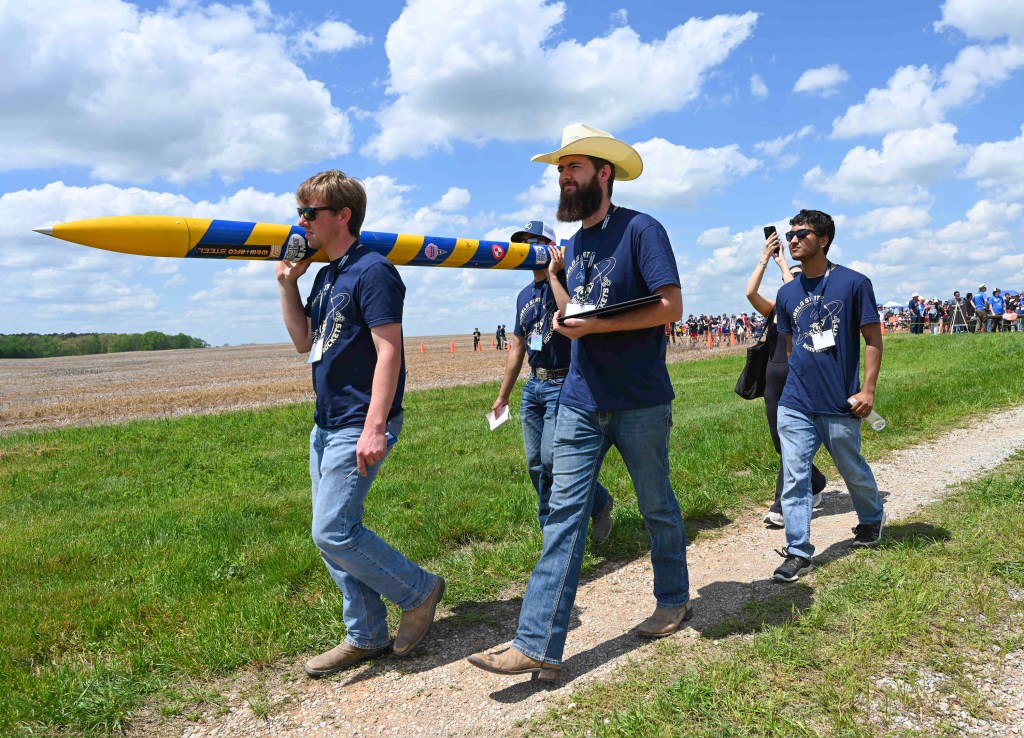
NASA Student Launch Challenge
Student Launch is a research-based, competitive, experiential exploration activity. This project offers multiple challenges reaching a broad audience of middle and high schools, colleges, and universities across the nation.
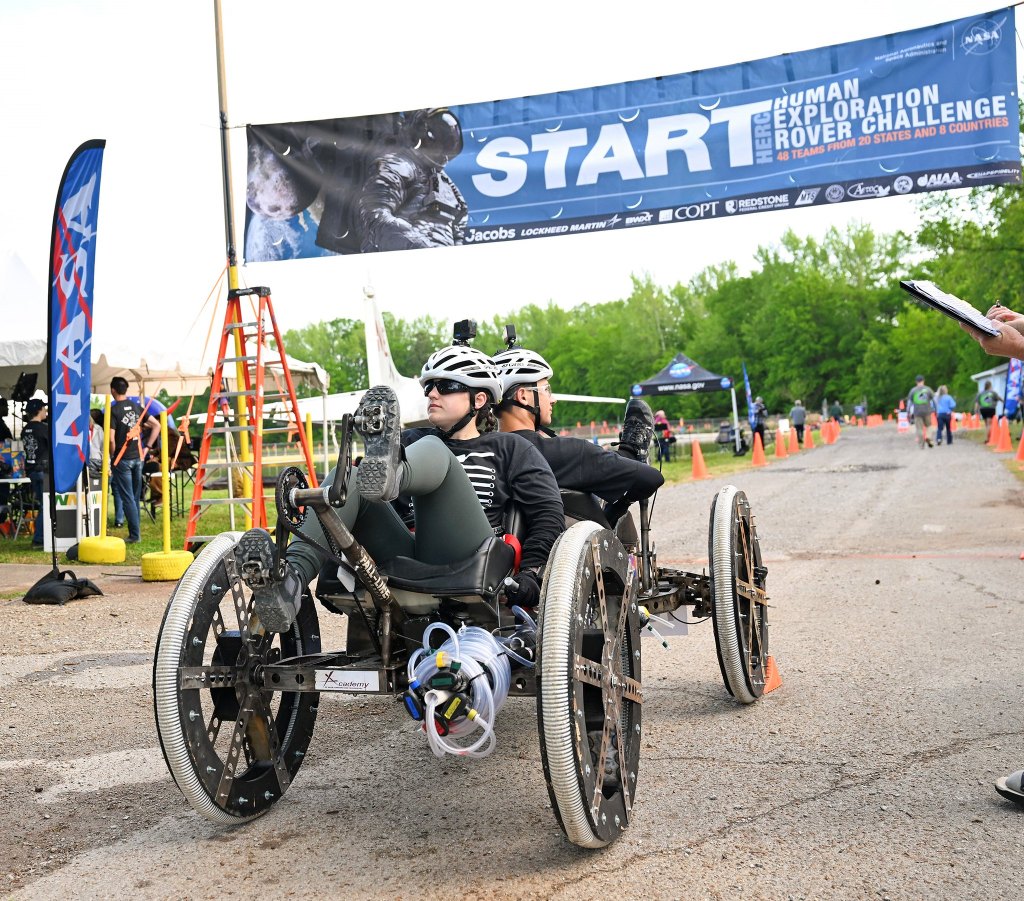
NASA Human Exploration Rover Challenge
HERC is a rigorous and continuously evolving activity which engages middle school, high school, and college/university level students in hands-on engineering design correlated to NASA’s Artemis missions.
Open Science 101 Training Course
Researchers, students, and the public are invited to register for this free, five-module course to learn about the principles of open science; how to plan, conduct, and participate in open science research projects; legal and ethical considerations when planning open science projects; and open science best practices. Registration Deadline: Sept. 30, 2025.
Register Now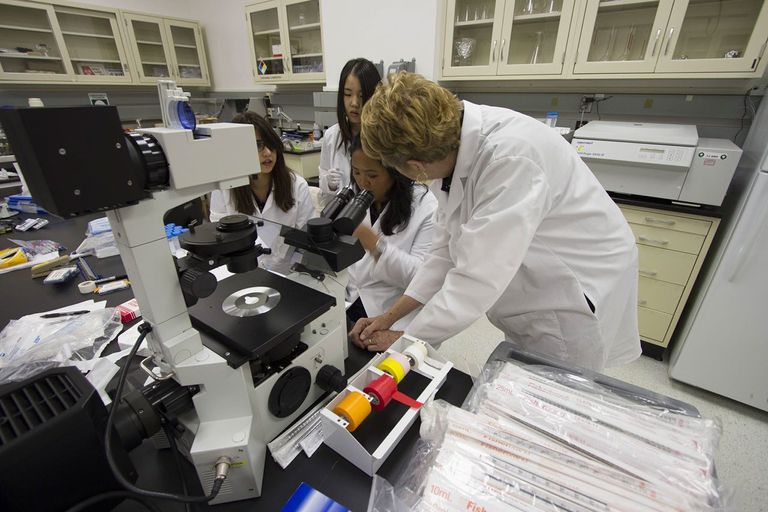
Design the Mission Patch for NASA’s Next HERA Campaign
Did you know NASA simulates crewed space missions with the Human Exploration Research Analog (HERA)? K-12 students at private and public schools in the U.S. are invited to design the patches for these upcoming missions. Winners will work with a Human Research Program graphic designer to turn their concept into a reality. Submission Deadline: Oct. 15
Learn More
Attend a Virtual Event
Launches & Landings
Tune in to scheduled mission updates that you can watch live.
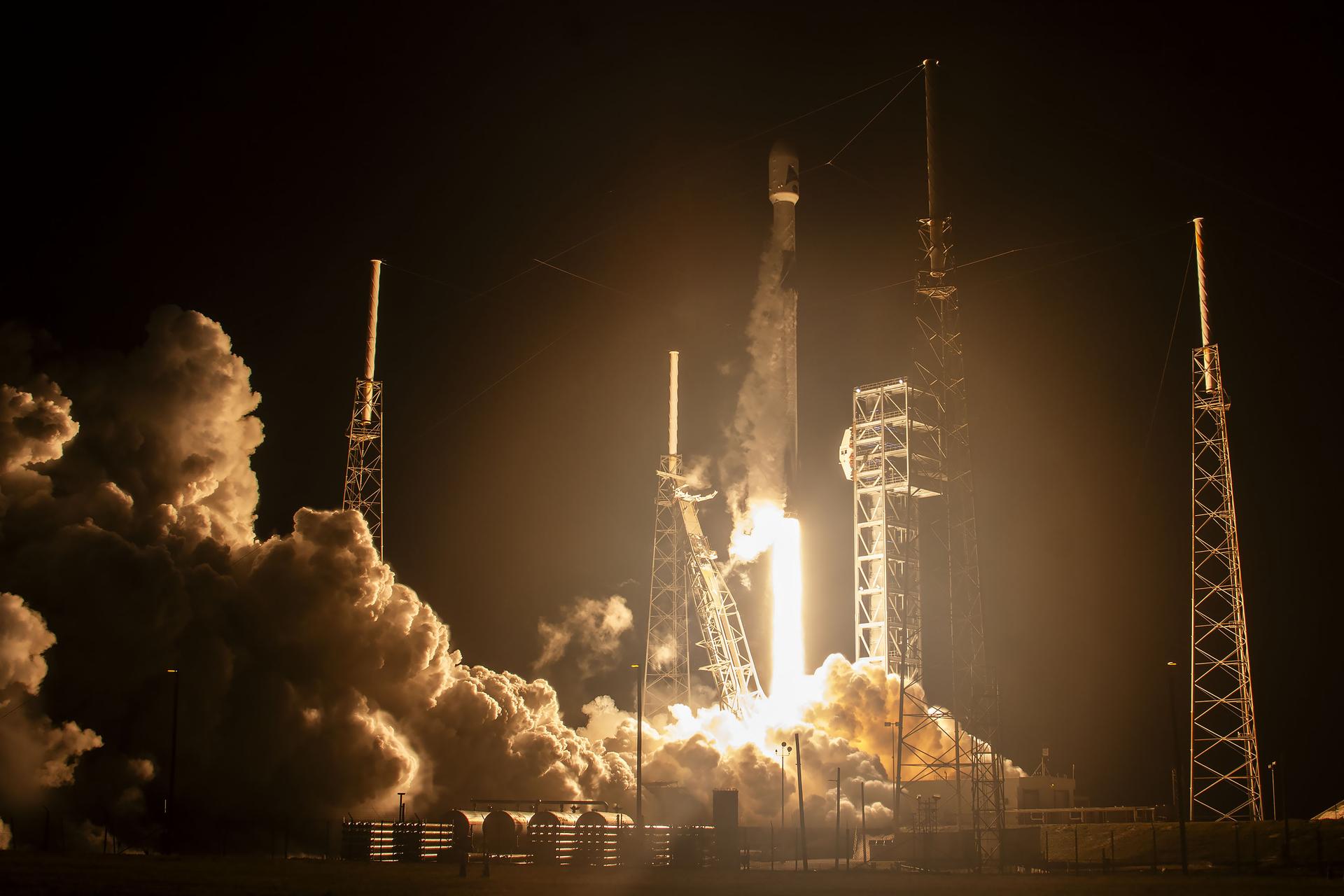
Virtual Guest Program
Since 2020, NASA has invited you, the public, to be virtual guests at launches and milestone events. As a virtual guest, you have access to curated resources, schedule changes, and mission specific information straight to your inbox. Following each activity, guests are sent a stamp for your virtual guest passport! All resources, participation, and registration are FREE. Receive your invitation. Select your opportunities. Join us!
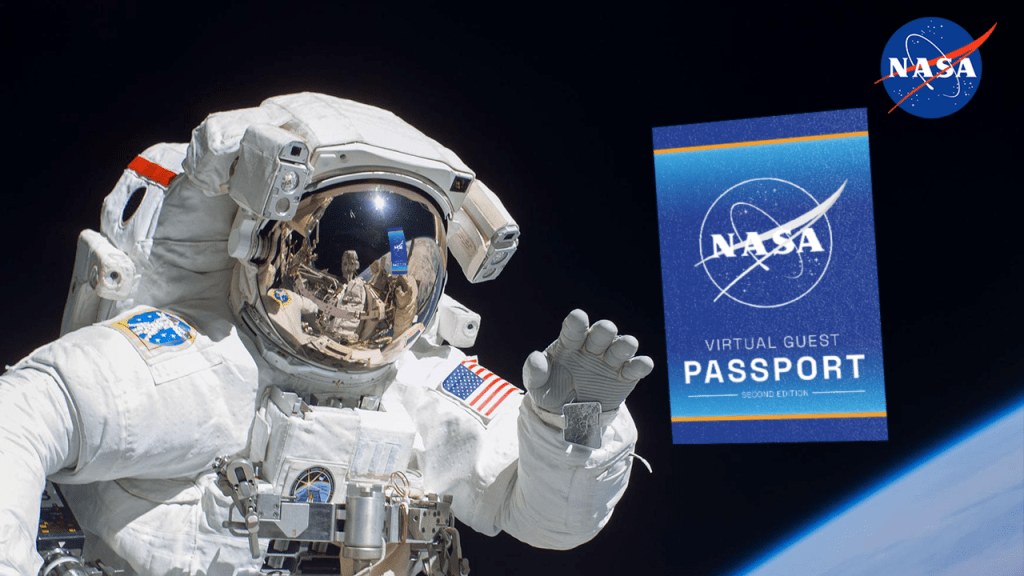
Heliophysics Big Year
Free Monthly Webinars
The Heliophysics Big Year is a global celebration of the Sun’s influence on Earth and the entire solar system. It began with the Annular Solar Eclipse on Oct. 14, 2023, continued through the Total Solar Eclipse on Apr. 8, 2024, and will conclude with Parker Solar Probe’s closest approach to the Sun in December 2024. The monthly webinars are for formal and informal educators, science communicators, and other heliophysics enthusiasts to promote the understanding of heliophysics in alignment with monthly HBY themes.
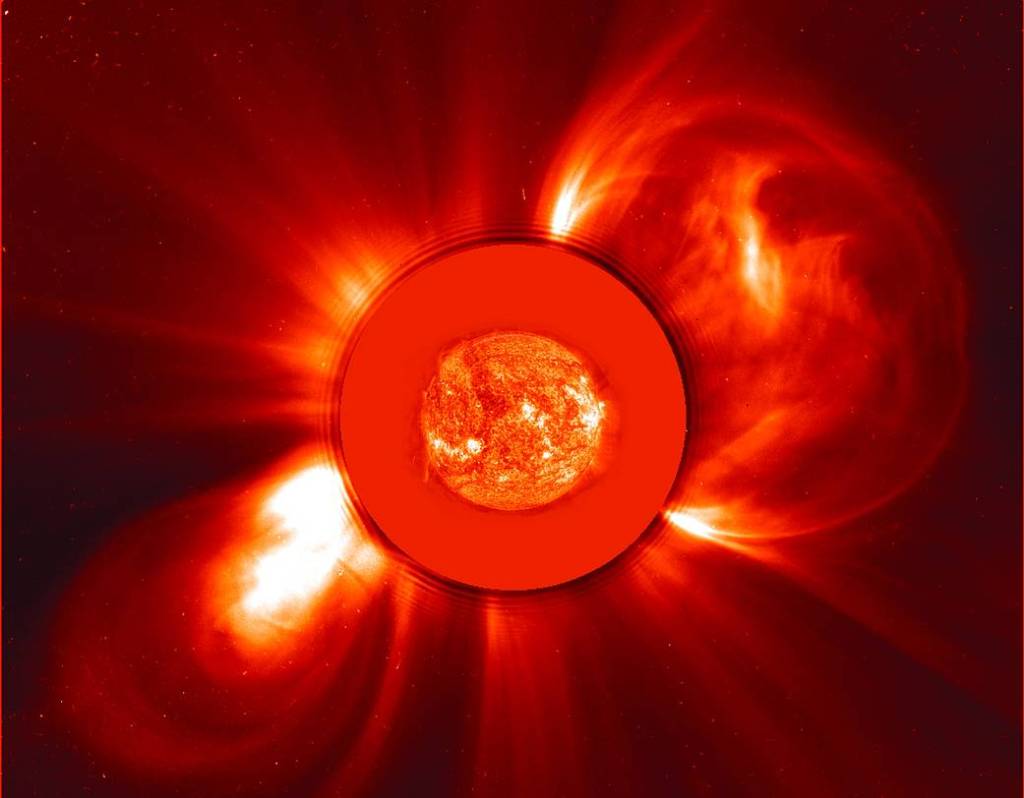
Flight Opportunities Community of Practice Webinars
Attend these monthly webinars to learn best practices and important lessons learned from suborbital and orbital researchers, flight providers, and NASA personnel experienced in using flight tests to advance technologies.
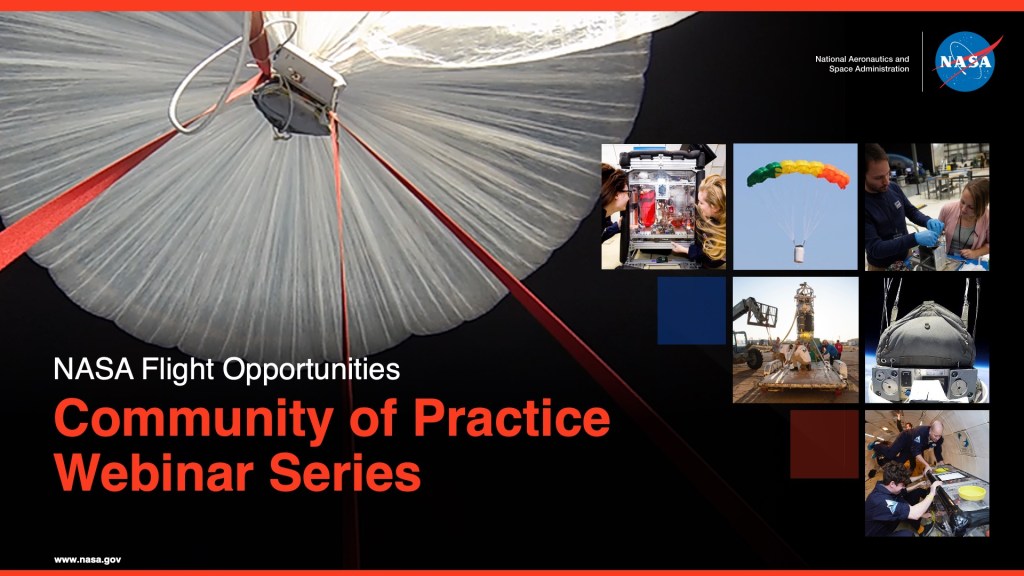
Small Spacecraft Community of Practice Webinars
The Small Spacecraft Systems Virtual Institute hosts a public webinar series to share information with the community on work NASA, partner agencies, and other members of the community in the area of small spacecraft.
